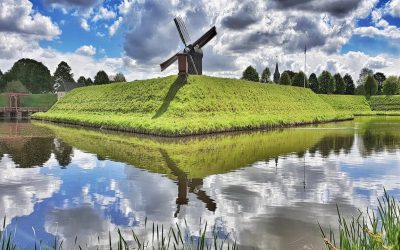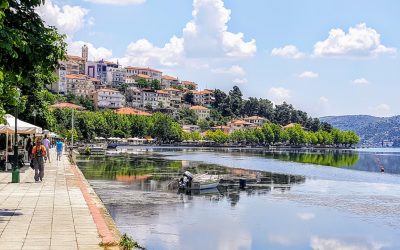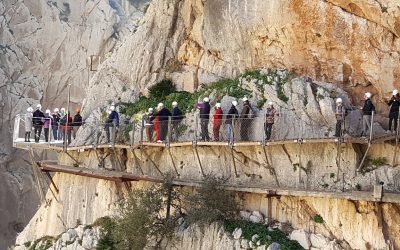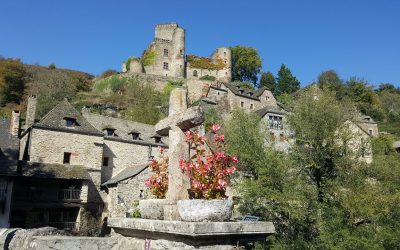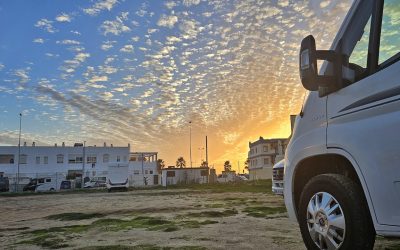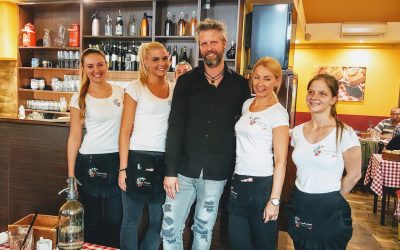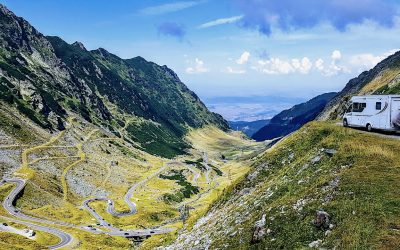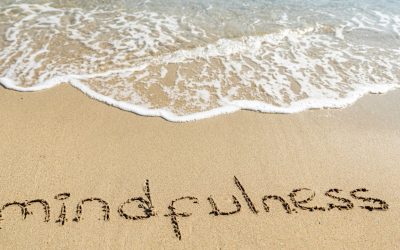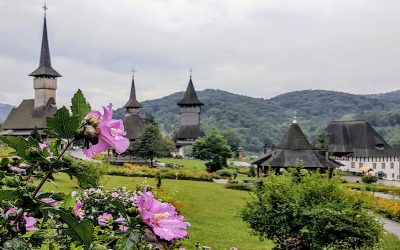The Netherlands is one of the best places in the world for challenging the irrational belief that 'flat is boring'. The Netherlands is...

digital nomads
digital nomads
Travelling Greece in a Motorhome
As I write about our Greek adventures for a magazine article this week, I have noticed how many posts there are on Facebook about heading...
Caminito Del Rey, Spain: Conquering the fear
Travel’s Classroom Conquering my fear at El Caminito Del Rey, Spain Integrity is so important when you write about...
Les Plus Beaux Villages de France: An insight
Travelling opens up our horizons and our experiences as we move out of our own country comfort zones and into a different...
Housesitting whilst travelling
When you're stuck in the system of life, the idea of travelling seems somehow quite Utopian. Escaping life's rules and being free from all...
The Best Restaurant in Budapest
The Motoroamer's Restaurant Review For some people eating is a passion and cooking is a work of art; for others, it’s just a necessary...
The Best Drives in Romania
If you're a petrol-head, what would you class as the 'Best Drive in the World?' Let's face it, there are plenty to choose from and many...
Zarnešti Bear Sanctuary, Romania
"The thought of seeing traumatised bears in captivity, albeit in the care of a loving environment, made me shudder." Mother Nature...
A Guide to Travelling Mindfully
Navigating mindfully through the bad days "We often hold this notion that when we move house, change our job or the car that magically...
Overcoming Travelling Challenges
So here's the thing. We buy a motorhome which soon becomes our pride and joy and we float on Cloud 9 dreaming of adventures and the...
Visiting Romania’s Painted Monasteries
Romania is famous for many things; Transylvania and its Medieval Castles, Count Dracula and Bran’s Castle amongst other things. Although...
Considering Motorhome Life
"One day I'm gonna write, the story of my life, I tell of the night we met…" My God, I had the Marty Robbins classic stuck in my head...
Follow us
You can find us on social media,
different channels for different content.

